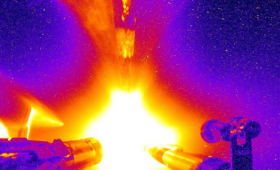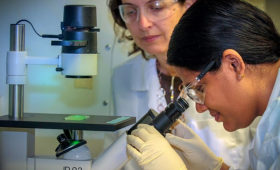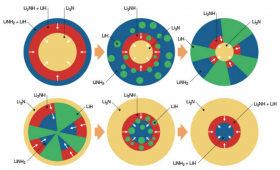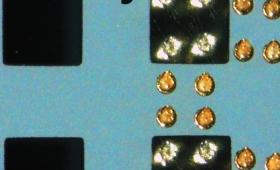The research team characterizes the detailed shock response of several variations in a single base polymer.
Science and Technology
in the News
Science and Technology
in the News
News Center

Lawrence Livermore researchers are developing lasers that are both high-powered and “eye-safer” to reduce the danger of retinal damage to bystanders from exposure to scattered laser light.

Bigfoot is an experimental platform designed to control implosion symmetry and hydrodynamic instabilities, improve predictability, and enhance the delivery of laser energy to NIF’s targets.

Scientists use accelerator mass spectrometry (AMS) to find out how old a sample is. (Video)

New research by Lawrence Livermore and partners shows that drone-based delivery could reduce greenhouse gas emissions and energy use in the transportation sector.

Livermore scientists and colleagues found that sclerostin acts as a protective molecule immediately after joint injury to inhibit cartilage loss and joint calcification.

Lawrence Livermore’s increasingly powerful climate models have sounded a stark warning for California.

Laboratory scientists have used some of the world’s most powerful supercomputers to model ground shaking for a magnitude 7.0 earthquake on California's Hayward fault

Livermore scientists are looking at new chemistry to store hydrogen more efficiently

Long theorized to be found in the mantles of Uranus and Neptune, the confirmation of the existence of superionic ice could lead to the development of new materials.


